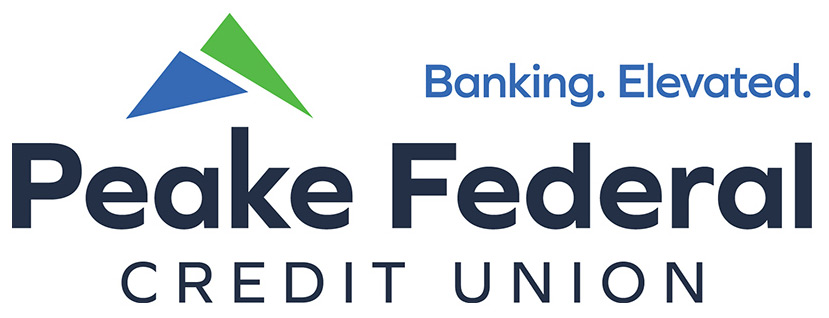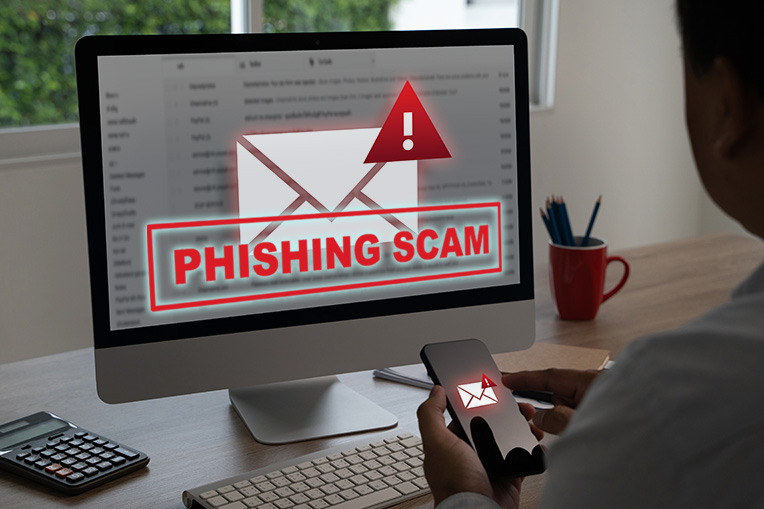These days, scammers don’t need to pick a lock or break a window to steal from you. All they need is a click. Every day, phishing scams flood inboxes and DMs—designed to trick you into giving away sensitive information like your Social Security number, banking details, or online login credentials.
At Peake Federal Credit Union, your security is our top priority. That’s why we want to help you recognize the red flags of phishing attempts before you fall for one. Let’s dive into the signs to watch out for—and what to do if you spot them.
1. “Act Now!” Urgency is a Big Red Flag
Phishing messages often try to create panic to get you to react without thinking.
They might say:
- “Your account has been locked! Click here to verify your information.”
- “Immediate action required—payment failed!”
- “You’ve won! Claim your prize in the next 10 minutes!”
Scammers know that fear and excitement cloud judgment. Always pause and evaluate before clicking on anything that demands instant action.
Peake Tip: We will never ask you to verify sensitive information via email or DM. When in doubt, contact us directly at 410-828-4730 or 800-234-4730 or email us at memberservices@peakefederal.com.
2. Unusual Requests for Personal or Financial Information
If a message asks you to confirm:
- Your Social Security number
- Account numbers
- Online banking credentials
- Debit or credit card info
…it’s a scam. Period.
No legitimate organization, including Peake Federal—will ever request this kind of information via email, social media DMs, or unsecured web links.
3. Suspicious Links or Attachments
Hover over links before clicking. Does the URL look strange, or does not match the company’s official site? That’s a big warning sign.
Phishing emails may also include attachments disguised as invoices, PDFs, or forms. Opening them could install malware on your device—giving scammers access to your data.
Never download attachments or click on links from unknown senders.
What You Can Do Right Now
- Double-check the sender. Look for spelling errors, strange domains, or odd phrasing.
- Don’t trust links. Visit our site directly by typing the URL into your browser.
- Report suspicious messages. Forward phishing emails to reportphishing@apwg.org, or report them to Peake directly.
- Update your passwords. Use strong, unique passwords for all accounts, and enable two-factor authentication where available.
Stay Alert, Stay Safe
Phishing scams are constantly evolving—but the good news is, your awareness is your best defense. By staying informed and thinking before you click, you can keep your personal and financial information safe. Thank you for being a valued member of Peake Federal Credit Union. Together, we’re building a safer financial future.
We're Here to Help
If you have questions or need help, contact us at 410-828-4730, 800-234-4730 or memberservices@peakefederal.com.







